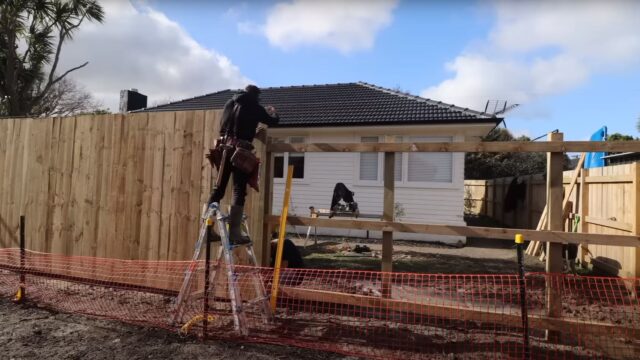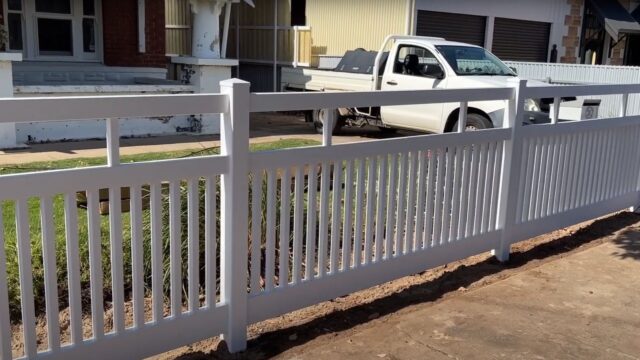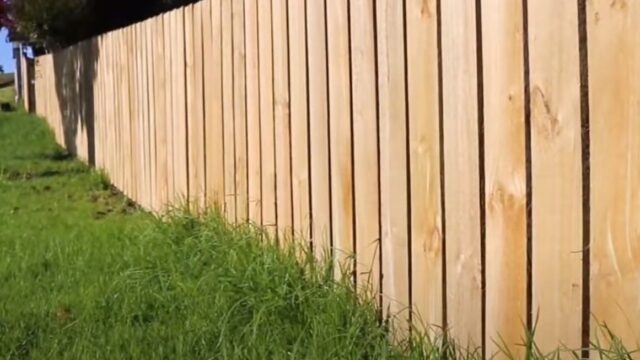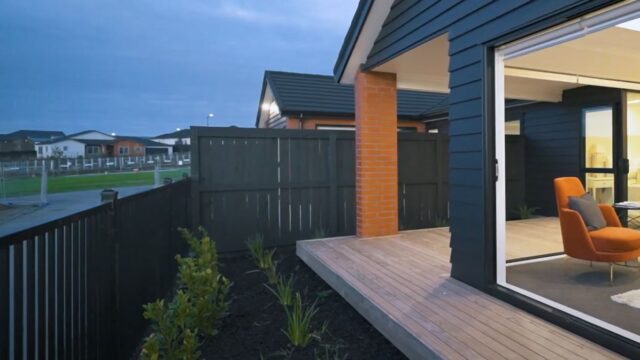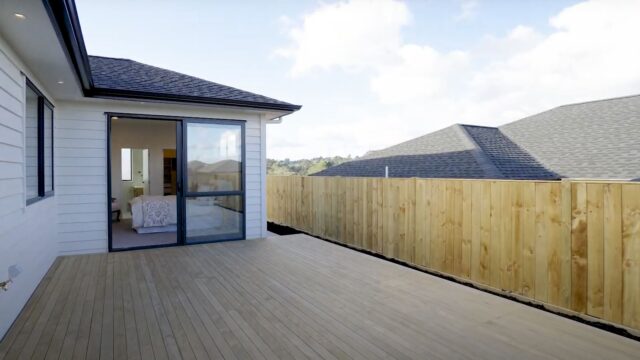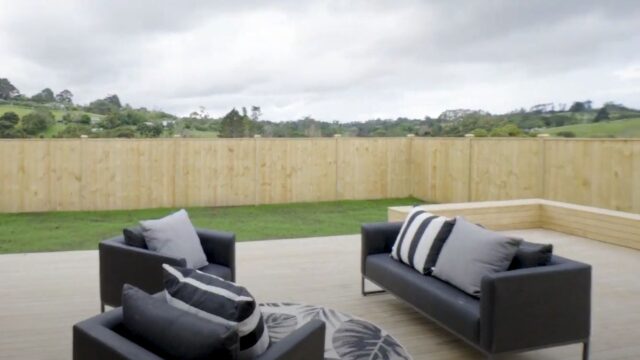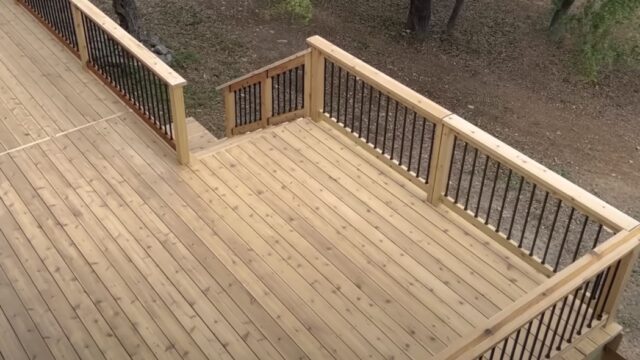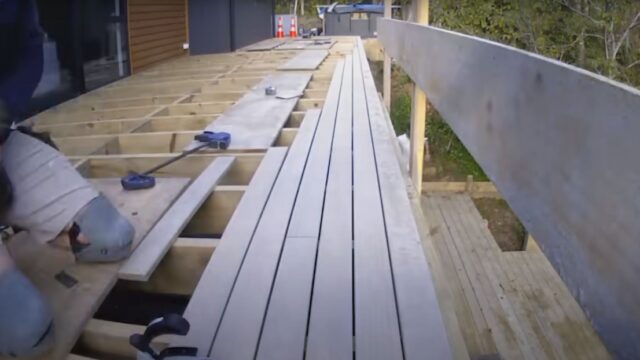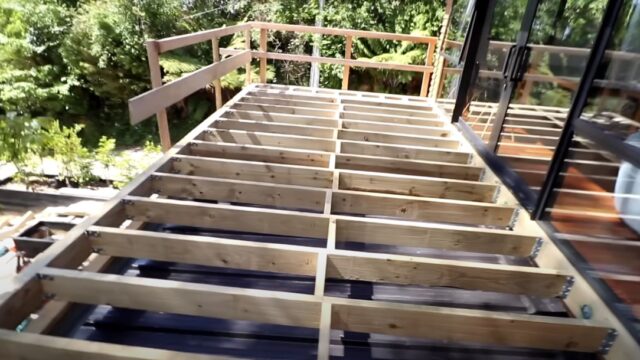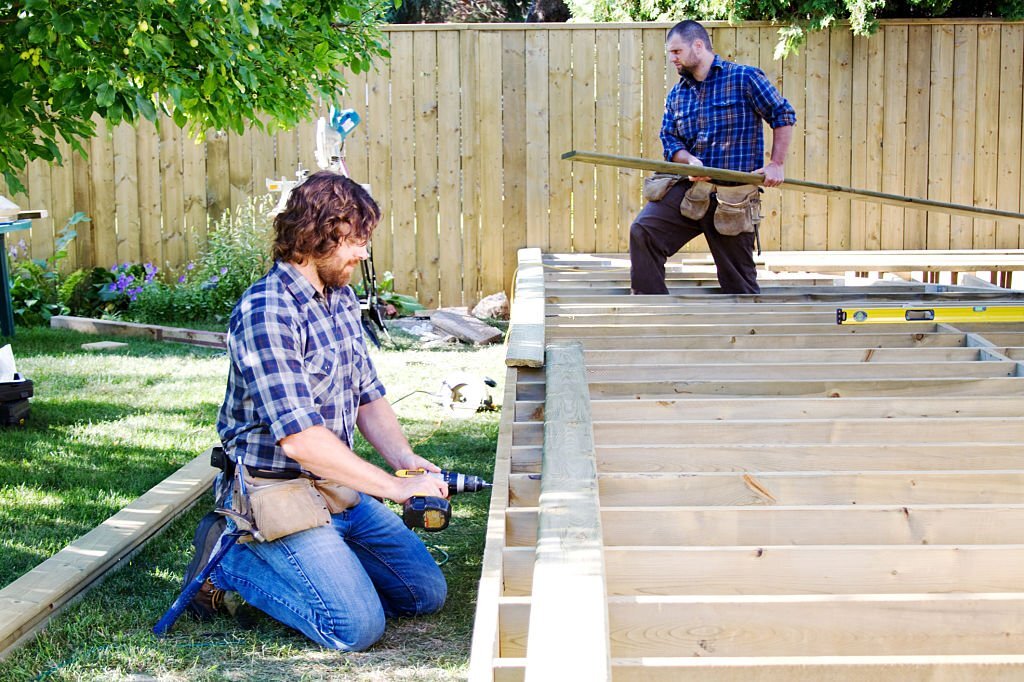Understanding Fencing Costs in Hamilton
When you’re considering adding a fence to your property, many factors come into play, ranging from the type of material to labour costs. Hamilton, with its diverse neighbourhoods such as Flagstaff, Nawton, and Hillcrest, each has its unique character, and the type of fence you choose can either enhance or detract from that aesthetic.
Types of Fences and Average Costs
Timber Fencing:
- Average Cost: $140-$280 per metre.
- Benefits: Offers a natural look and can be painted or stained.
- Maintenance: Requires regular sealing or staining to prevent decay.
Aluminium Fencing:
- Average Cost: $160-$320 per metre.
- Benefits: Lightweight, durable, and resistant to corrosion.
- Maintenance: Little to none.
Vinyl Fencing:
- Average Cost: $140-$280 per metre.
- Benefits: Low maintenance and available in various colours and styles.
- Maintenance: Only needs occasional washing.
Wire Mesh or Chain Link Fencing:
- Average Cost: $120-$250 per metre.
- Benefits: Cost-effective, durable, and offers security.
- Maintenance: Minimal but may rust if not galvanised.
Comparing Fencing Materials: A Snapshot
| Material | Cost per Metre | Lifespan | Maintenance Requirement | Aesthetic Appeal |
| Timber | $140-$280 | 15+ years | High | High |
| Aluminium | $160-$320 | 20+ years | Low | Moderate |
| Vinyl | $140-$280 | 20+ years | Very Low | High |
| Wire Mesh/Chain Link | $120-$250 | 15+ years | Moderate | Low |
Incorporating Safety and Risks
Safety should always be a top priority. Here are some considerations for each type:
- Timber Fencing: While timber can be sturdy, it’s essential to ensure that there aren’t any protruding nails or splinters. A rotting wooden fence can become unstable, posing risks.
- Aluminium Fencing: These are typically very stable, but check for any sharp edges or points that could cause injury.
- Vinyl Fencing: Ensure that the panels are securely attached, as strong winds can potentially dislodge poorly installed panels.
- Wire Mesh or Chain Link Fencing: These can sometimes be climbed by adventurous children. Opt for ones with smaller gaps and ensure it’s taut to avoid sagging.
Labour and Additional Costs
In addition to material costs, labour often constitutes a significant portion of your total fencing expenditure. Here’s what to expect:
- Standard Installation: $100-$150 per hour.
- Site Preparation: Clearing the site of obstructions or old fencing might incur extra costs.
- Gate Installation: Depending on the type and size, a gate can add $400-$1000 to your total cost.
- Height: Taller fences usually have higher costs due to increased material and labour.
Factors Influencing Cost in Hamilton Suburbs
The neighbourhood you’re in can influence costs. For example:
- In Flagstaff, due to the prevalence of newer homes, you might find more modern fencing options or contractors who specialise in contemporary designs.
- Nawton, with its mix of older and newer properties, could present challenges such as existing structures that need removal, possibly increasing costs.
- Hillcrest, with its lush surroundings, might necessitate materials resistant to moisture or mould, affecting your material choice and cost.
Exceptions to Consider
Every fencing project is unique, and sometimes, exceptions arise:
- Land Slope: Installing on sloped land can be more labour-intensive, potentially increasing costs.
- Custom Designs: Unique designs or patterns may come at a premium.
- Regulations: Some Hamilton areas might have specific guidelines or restrictions about fencing, impacting your choices.
Why Engage Quality Fencing Hamilton?
Quality Fencing Hamilton offers:
- Expert advice tailored to Hamilton’s diverse neighbourhoods.
- Comprehensive cost estimates, ensuring no hidden surprises.
- A wide range of material options to suit every aesthetic and budget.
- An emphasis on safety, ensuring that your fence not only looks good but is also structurally sound.
Final Thoughts
Fencing, while providing security and aesthetics, is an investment. By understanding the different materials, associated costs, and potential risks, you can make an informed decision that best suits your Hamilton home.
Engaging a trusted partner like Quality Fencing Hamilton ensures that you get the best value, a fence that stands the test of time, and a seamless, hassle-free installation process. With the knowledge you’ve now gained, you’re well-equipped to make an informed decision on your fencing project.
What factors influence the cost of fencing in Hamilton?
Several factors can influence fencing costs, including the type of material chosen, labour rates, height and length of the fence, site preparation, and any custom design elements or features.
How do I choose the right fencing material for my property?
Consider the primary purpose of the fence (privacy, security, aesthetics), the maintenance level you’re comfortable with, your budget, and the prevailing weather conditions in Hamilton. Consulting with a fencing specialist, like those at Quality Fencing Hamilton, can also guide your decision.
Are there any regulations or restrictions for fencing in Hamilton?
Yes, some areas in Hamilton have specific guidelines or restrictions about fencing, especially concerning height, design, and placement. It’s essential to check with local authorities or a trusted fencing contractor to ensure compliance.
How long does it typically take to install a fence?
The installation timeline can vary based on the fence’s size, the complexity of the design, site conditions, and weather. However, on average, a simple residential fence might take anywhere from a few days to a week.
What maintenance does my fence require?
Maintenance largely depends on the material. Timber fences might need regular staining or sealing, aluminium fences might require occasional cleaning, vinyl fences need infrequent washing, and chain-link fences should be checked for rust or sagging.
